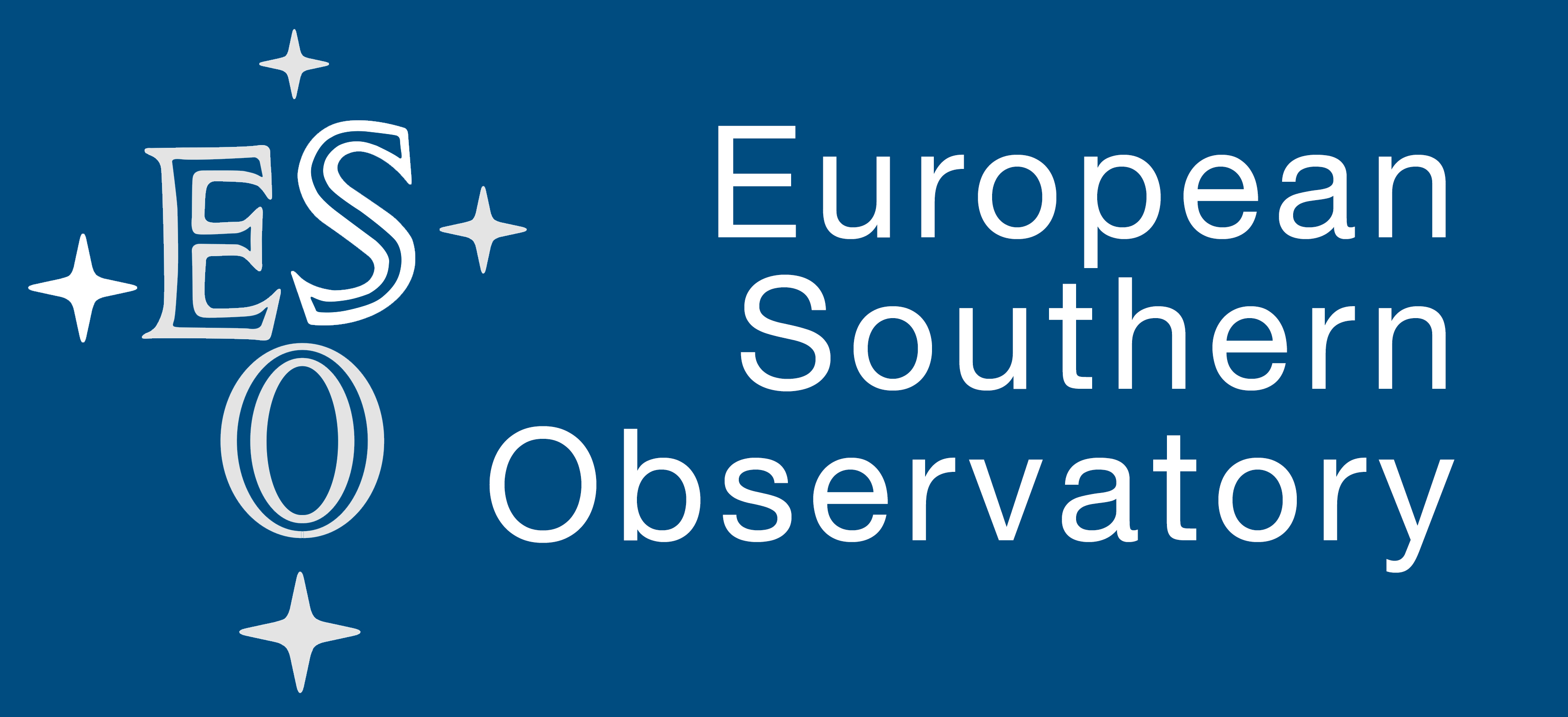

MY ADVENTURE WITH ENTROPY
Entropy: a measure of uncertainty or randomness; lack of order or predictability; gradual decline into disorder.

In the roughly 300,000 years of our existence, Homo Sapiens has shared the planet with at least four other human species. Going back 100,000 years ago, if you were to guess which human species was going to make it, one of the other humans, perhaps Neandertals, would have been a good bet. They were stronger than us, barrel-chested with muscle, with larger brain, highly skilled with weapons and hunted every large mammal in the Ice Age. However, compared with other human spieces, it turns out we were the friendliest. What allowed us to thrive was a kind of cognitive superpower: a particular type of affability called cooperative communication. We are expert at working together with other people, even strangers. We develop this superpower before we can walk or talk, and it is the gateway to a sophisticated social and cultural world. It allows us to plug our minds into minds of others and inherit the knowledge of generations.
Homo Sapiens outlasted our kindred because we underwent a process of natural selection for friendliness, enabling high level of group collaboration. So today, the GLOBAL INTERNATIONAL COOPERATION, in addition to massive economic resources provided by governments, universities, diverse financial and non-for-profit institutions, becomes a critical factor to stunning scientific achievements.
Below a few impressive examples:
⭕️ European Southern Observatory, Atacama Large Millimeter Array (ALMA) in the Atacama Desert, Chile, the revolutionary and unique level of international cooperation in largest ground-based astronomy project in existence
⭕️ The Sloan Digital Sky Survey has created the most detailed three-dimensional maps of the Universe ever made, with deep multi-color images of one third of the sky, and spectra for more than three million astronomical objects
⭕️ Large Hadron Collider, CERN
⭕️ Deciphering human genome.
⭕️ International Space Station
⭕️ ESO: In the Shadow of the Black Hole
Tremendous amount of research in evolutionary sciences has lead recently to profound achievements in genetics, decoding of our genome, and effective medical therapies.
On June 26, 2000, President Bill Clinton in the White House and Tony Blair in Downing Street, simultaneously announced that the rough draft of the entire human genome was complete. This is therefore an astonishing moment in human history: the first time in the history of life on Earth that the species has read its own recipe.
And this tremendous knowledge we have compiled, confirms that the evolution is a blind, chaotic and illogical designer. It is unable to predict any consequences of its present activity - even if it was to lead the whole species down a development dead alley, while a relatively small change would be able to prevent it.
Mother Nature concealed a dirty little secret in the genome. Each gene is far more complicated than it needs to be, it is broken up into many different “paragraphs” and in between lie long stretches of random nonsense and repetitive bursts of wholly irrelevant sense, some of which contain real genes of a completely different (and sinister) kind. The reason for this textual confusion is that the genome is a book that wrote itself, continually adding, deleting and amending over four billion years. Documents that write themselves have unusual properties. In particular, they are prone to parasitism. Genes are stretches of DNA that comprise the recipe for proteins. But 97% of our human genome does not consist of true genes at all. It consist of a menagerie of strange entities; all collectively known as “junk DNA”, or sometimes, probably more accurately, as “selfish DNA”. Yet, ironically, junk DNA is the first part of human genome that has found a real, practical, everyday use in human world. It has led to DNA fingerprinting.
✤ Origin
✤ Why Entropy?
✤ Entropy Arguments
✤ Recent Therapies
✤ Intergalactic Polemic
✤ Bibliography


Fragment of The School of Athens, a fresco by Raffaello Sanzio da Urbino, painted 1509-1511, in the Apostolic Palace in the Vatican. Plato and Aristotle appear to be the central figures in the scene


